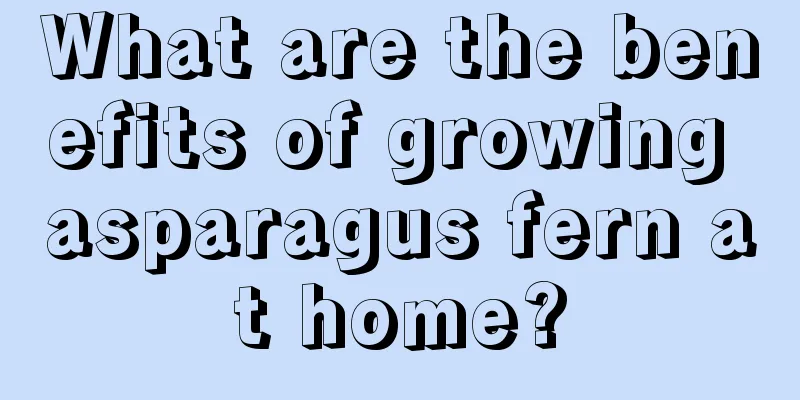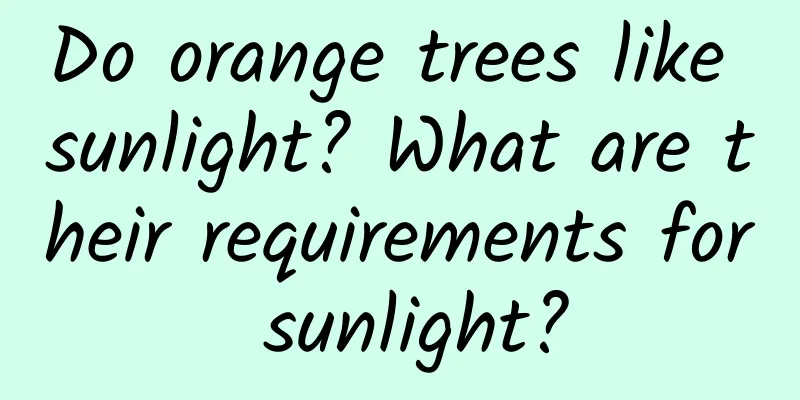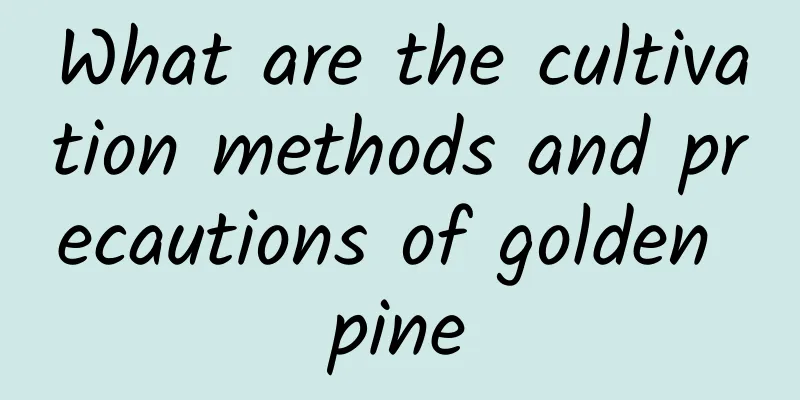What is the reason why wheat leaves turn yellow and dry during the seedling stage?

|
Wheat has a wide range of uses and is present in all aspects of our lives. Currently, there are many areas where wheat is grown, but there are always some harms that may occur during the wheat planting process. Let’s learn why wheat leaves turn yellow and dry during the seedling stage. 1. Yellow leaves caused by sheath blight Sheath blight is more common in winter and early spring. After the infected wheat is pulled out, ring-shaped yellow-brown or dark-brown spots will appear at the base of its stems. This disease is highly contagious and requires timely prevention and treatment. For sheath blight, growers are advised to give priority to triazole fungicides , such as tebuconazole, propiconazole, and fluopicolide, when choosing pesticides . The effect will be better when used in combination with thiophanate-methyl. 2. Yellowing caused by root rot Root rot has also become more common in recent years. The roots of infected wheat plants will show symptoms such as blackening, yellowing, drying, and rotting. It is recommended to use carbendazim or mechlorethamine for spray control, and amino acid foliar fertilizer and brassinolide can be added to enhance the effect. 3. Yellow leaves caused by viral diseases Wheat virus disease is more common in northern regions. The infected wheat leaves turn yellow, the heart leaves curl, the plants become short in the later stages, and cannot produce ears normally. For viral diseases, it is recommended to focus on prevention and spray pesticides in advance. It is recommended to use morphine·copper acetate, amino oligosaccharides, brassinolide·indoleacetic acid·gibberellic acid and amino acid spray. It is recommended to use it twice in a row during the peak period to enhance the effect. 4. Yellow leaves caused by underground pests Underground pests, such as wireworms, will eat the roots of wheat, affecting its absorption of nutrients, causing the leaves to turn yellow, and in severe cases even causing the death of wheat. For underground insect pests, it is recommended to use clothianidin and thiamethoxam to mix seeds in advance. If damage occurs in the later stage, pyrethroid insecticides such as highly effective chlorfenapyr and homeopathic cypermethrin can be used for flushing prevention and control, or high-efficiency compound combinations such as biphenyl·clothianidin, perchlorate·phoxim can be used. 5. Yellow leaves caused by frost damage Low temperatures in winter may cause frost damage to wheat and yellowing of leaves. It is recommended that growers spray more nutrient agents, such as 50ml of amino acid foliar fertilizer , 50g of potassium dihydrogen phosphate, 5ml of 14-hydroxybrassinolide and pyraclostrobin spray, which can both prevent diseases and resist frost. 6. Physiological yellow leaves Physiological yellowing of wheat leaves is mostly caused by environmental factors, such as temperature, soil moisture and incomplete return of straw to the fields. For the prevention of physiological yellow leaves, it is recommended to use brassinolide to mix seeds before sowing to promote rooting and enhance the ability to resist adverse environments; during the growing period, resistance can be improved by spraying nutrient regulating agents such as amino acid foliar fertilizers, phosphorus and potassium fertilizers, and ammonium esters. To sum up, when facing the problem of yellow leaves of wheat, farmers need to first identify the cause and then prescribe the right remedy. If you have any other questions, please leave a message.
|
<<: What is the reason why the tips of camellia leaves dry up?
>>: What is the reason why the tips of osmanthus leaves are burnt?
Recommend
Palm bamboo | Aquatic plants suitable for living rooms
Morphological characteristics Bamboo palm is an e...
How to propagate Buddleja
Seed propagation of Buddleja Generally, sowing an...
What are the cultivation methods and precautions of the green treasure tree?
Green treasure tree cultivation method The Green ...
How to make wintersweet bloom on New Year's Day
Actual flowering period Although you don't wa...
Common varieties of lipstick flowers
Lipstick flower It is also called big red hairy m...
How to fertilize lily of the valley
1. Operation time Generally speaking, when we app...
Can I grow chives at home?
Can I grow chives at home? You can grow leeks at ...
How to raise bear paw in summer
1. Proper water control Bear's Paw will stop ...
What should we pay attention to when caring for and cultivating Autumn Fragrance Succulents?
Succulents are a type of plant that many flower l...
What are the cultivation methods and precautions of Phlox?
Phlox breeding method Phlox belongs to the Aralia...
Can spider plants be watered with beer water?
Can spider plants be watered with beer water? Chl...
When is the best time to transplant creeper?
It is very easy to cultivate the plant Parthenoci...
How to plant avocado pits in pots How to plant avocado seeds in small pots
Many people only know that avocado is a nutritiou...
One flower, one world; one garden, one paradise
I live on the sixth floor. There are two balconie...
Can pepper water be used to water flowers?
Can pepper water be used to water flowers? Pepper...









